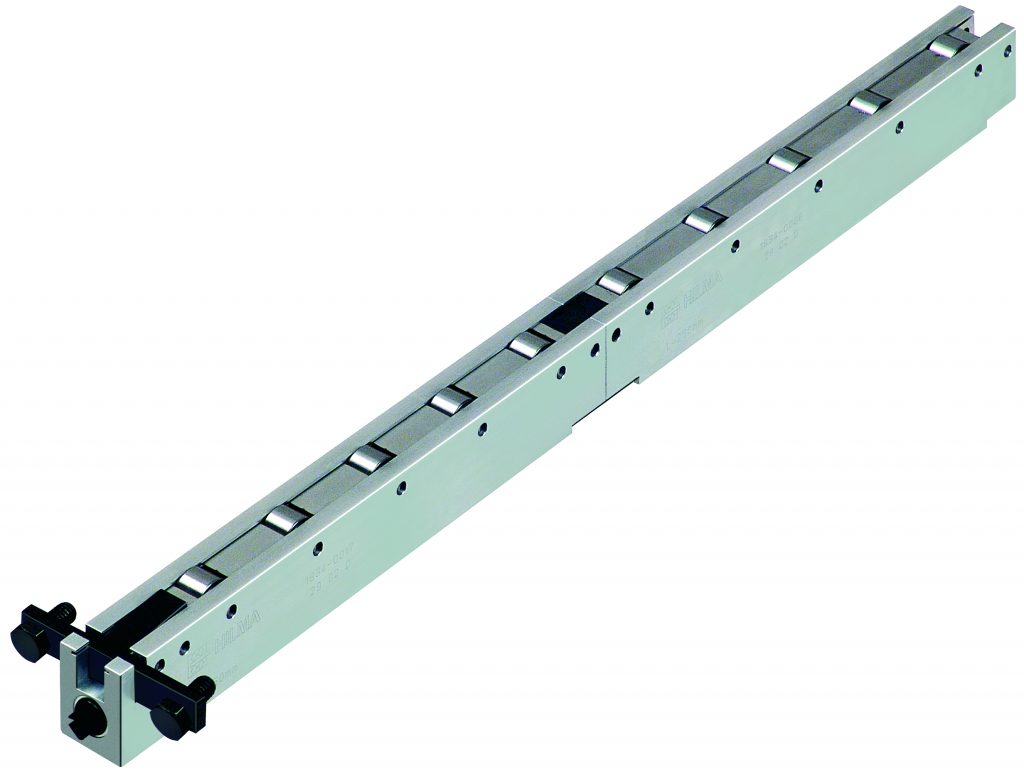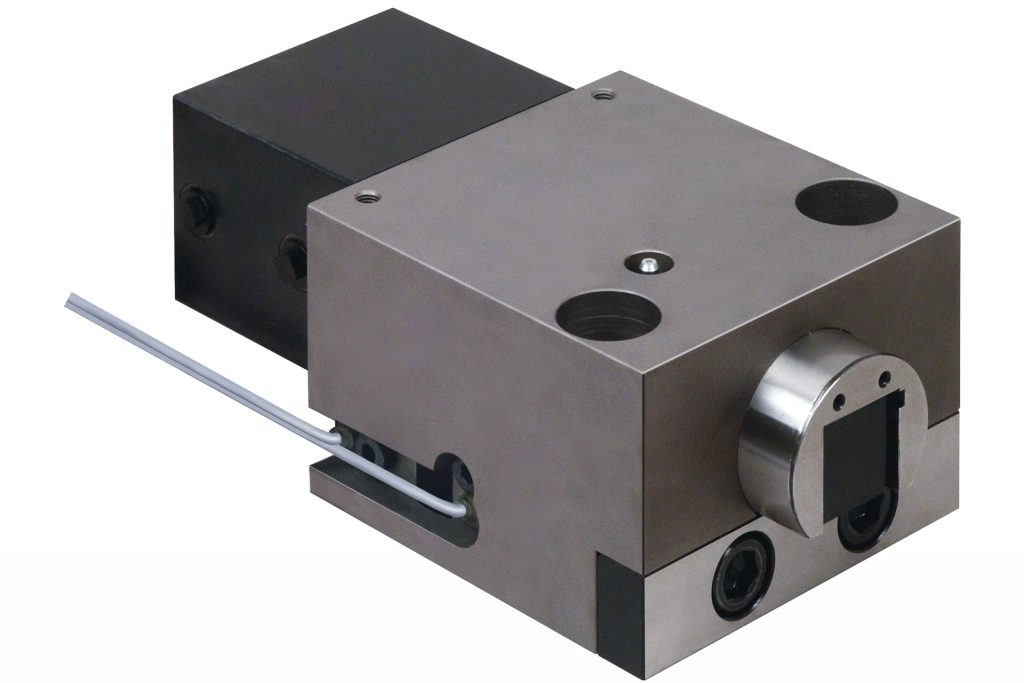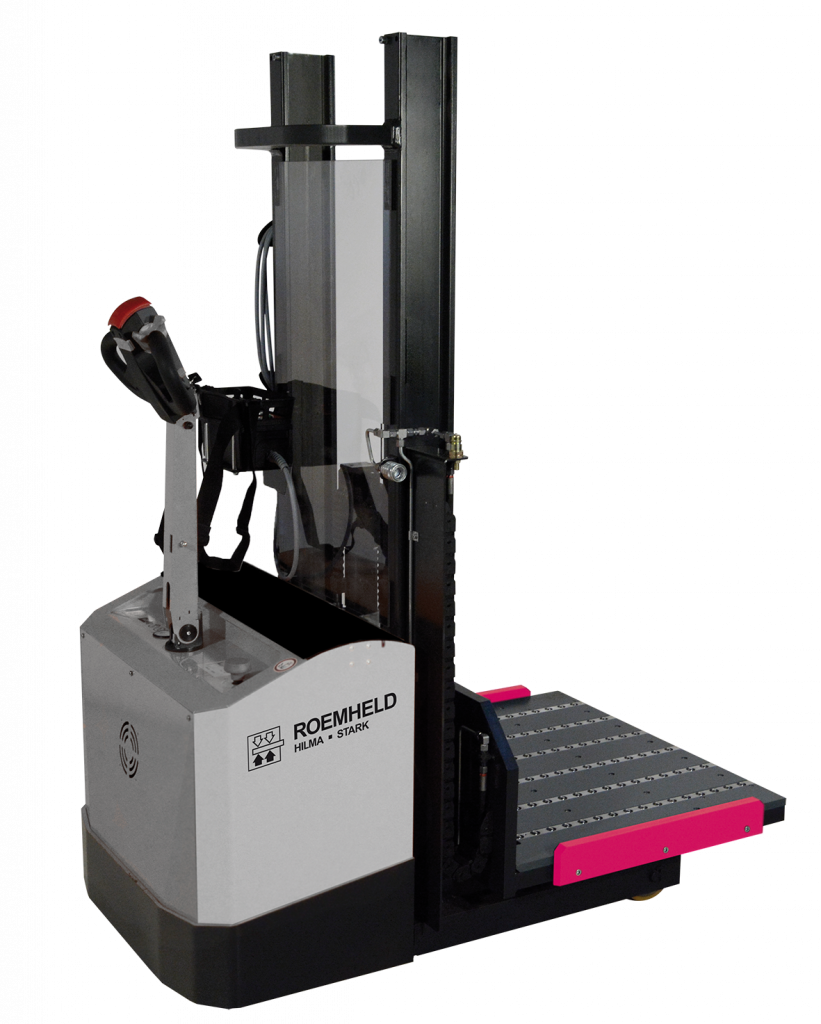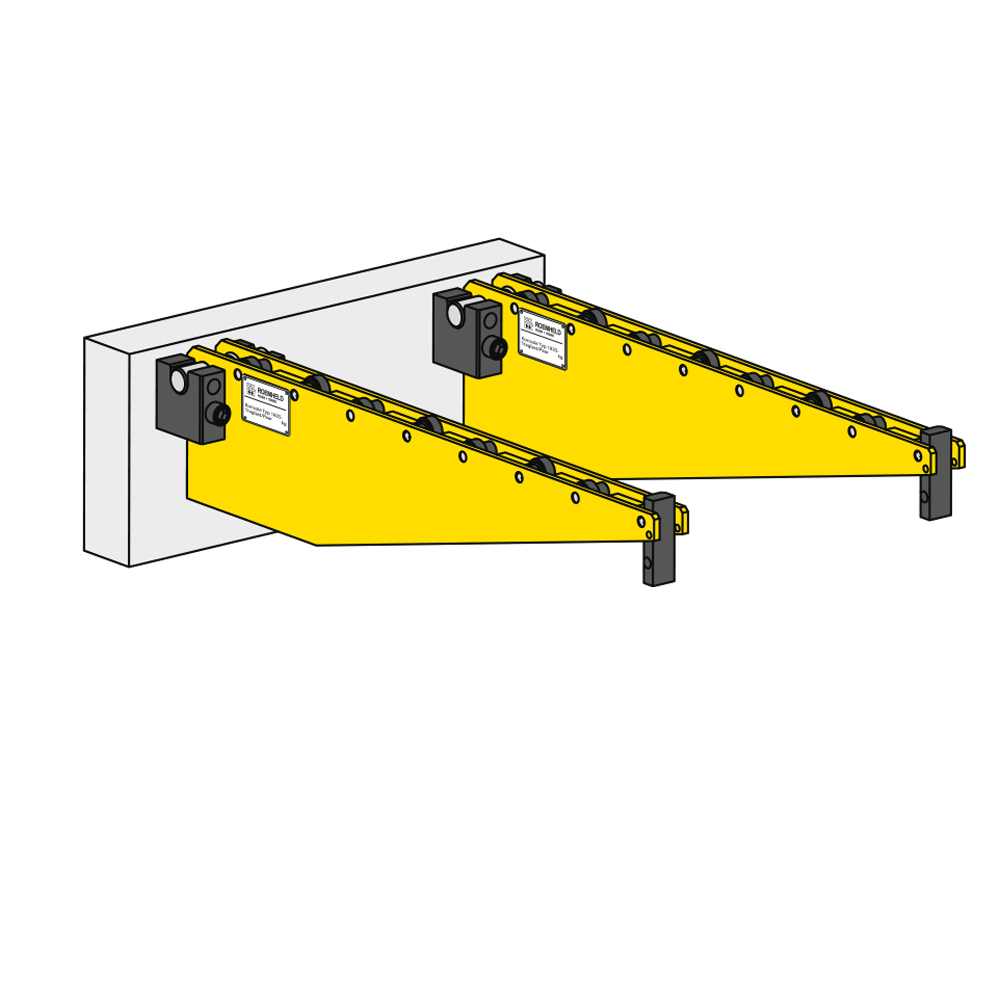Highly Engineered Solutions for Rubber Molders
Products for the Rubber Injection Molding Industry

What are today’s Challenges in the Rubber Industry?
When developing a process for injection molding rubber there are several challenges a shop can face. Frequently, after the process is developed and finalized, the molder will notice fluctuations in quality that require troubleshooting and changes to key variables affecting the mold process. These fluctuations are caused by abnormalities in process temperatures, mold change times, and inconsistent behavior of the rubber injection molding machine. By using ROEMHELD magnetic and hydraulic clamping systems, we can help you overcome these challenges and offer consistent clamping and mold temperatures.
Other benefits include:
- hot molds can be clamped or unclamped in just a few seconds
-
molds don’t need to be standardized to achieve rapid clamping
-
molds are clamped uniformly over their full surface
-
systems can be used at temperatures up to 240°C (460°F)
-
systems clamp rubber molds more powerfully, quickly, and reliable
Mold changes by conventional manual clamping may take up to half an hour, or even several hours if heating in the press is required. The quick action of magnetic and hydraulic clamping systems from ROEMHELD allows for positioning, clamping, and loosening of a mold even when hot to be changed in just a few minutes. If mold tempering is required, the change may be completed by a single person in less than 30 minutes. This saving of time allows for an increase in machine productivity and quality processing, since the steady clamping forces provide a uniform thermal distribution, therefore giving optimum rubber products.
How can ROEMHELD products help your Rubber Injection Molding Machines?
Magnetic and hydraulic clamping products from ROEMHELD drastically cut mold change times for the rubber industry. Apart from the savings in time, as well as the better production quality, the quick-action clamping technology distinguishes itself by numerous other advantages: any molds may be applied without any standardization of base plates; rubber mold wear and maintenance costs are reduced; competitiveness increases even for small runs; and just-in-time capacities improve.
ROEMHELD’s clamping systems, are designed for different operating temperatures. This allows customers to choose the models meeting their requirements. Our M-TECS 240 has been developed for high temperatures of up to 240°C and is specially designed for meeting the demands of rubber and duroplastic processing, die casting, as well as the production of o-rings and rubber molding. Through our highly engineered expertise, ROEMHELD’s engineers will help outline the different variables within your rubber molding process and come up with solutions that fit your shop’s specific needs. To learn about each solution we provide, please click below.
Magnetic and Hydraulic Clamping & Mold Handling Solutions
Click below!
|
4 M-TECS 2403
|
Magnetic Clamping System M-TECS 240, available in various designs, with or without heating, provides high-temperature magnetic rubber mold clamping for rubber and duroplastics processing. Able to withstand temperatures up to 465°F (240°C), the M-TECS 240-G drastically reduces set-up times by clamping and unclamping hot molds in three to five minutes with the press of a button. The system uses a long pole technology, which provides higher clamping forces for smaller rubber molds. It offers low maintenance, with various safety features interlocked to the press controls, and can be incorporated into new or existing machines. The technology of magnetic clamping plates is based on the principle of an electro-permanent magnet which means that it remains safely clamped even in the event of a power failure. Electrical power is only needed for 2 to 3 seconds to clamp and magnetize or to unclamp and demagnetize the rubber mold. Once in operation, the magnetic platens no longer need any power. With magnetics, you can expect to reduce downtime and labor costs related to rubber mold changeovers while increasing operator safety.
|
|
4Roller Ball Bars or Die Lifters 3
|
Roller/Ball Bars or Die Lifters are used to lift the rubber mold and provide a roller surface to easily roll the mold in and out during the rubber mold change. They have a max temperature of 250°C (482°F) and Max. operating pressure: 400 bar. The basic bodies are made from a high-strength and robust aluminum alloy. Load-bearing capacity: up to 160 kN/m, roller spacing 50 mm. Any length up to 2500 mm is possible using modular segments. Fastening of the roller bar using a fastening plate.
|
|
|
ROEMHELD’s Wedge clamping system for clamping molds in a rubber injection molding machine. Max temperature 250°C (482°F). The clamps will clamp on a parallel surface or on a tapered 20-degree angle. Single or double-Acting hydraulic, or electric available.
|
|
|
The rubber mold changing cart RWA is an electrically driven walking and lifting cart, specially equipped for the transport and the change of molds. The electro-hydraulic lifting platform is designed as a mold changing table with integrated hydraulic ball bars, which facilitate the manual insertion of the dies onto the press table.
|
|
|
The carrying consoles are hung in the hooks on the mold changing side of the rubber injection molding machine. The hooks are supplied with the consoles. The consoles are used as a pair. Their size must be selected to suit the highest rubber mold weight. The rubber mold is loaded onto the consoles using a crane or a forklift truck. The carrying rollers consist of high-strength hardened needle bearings.
|





